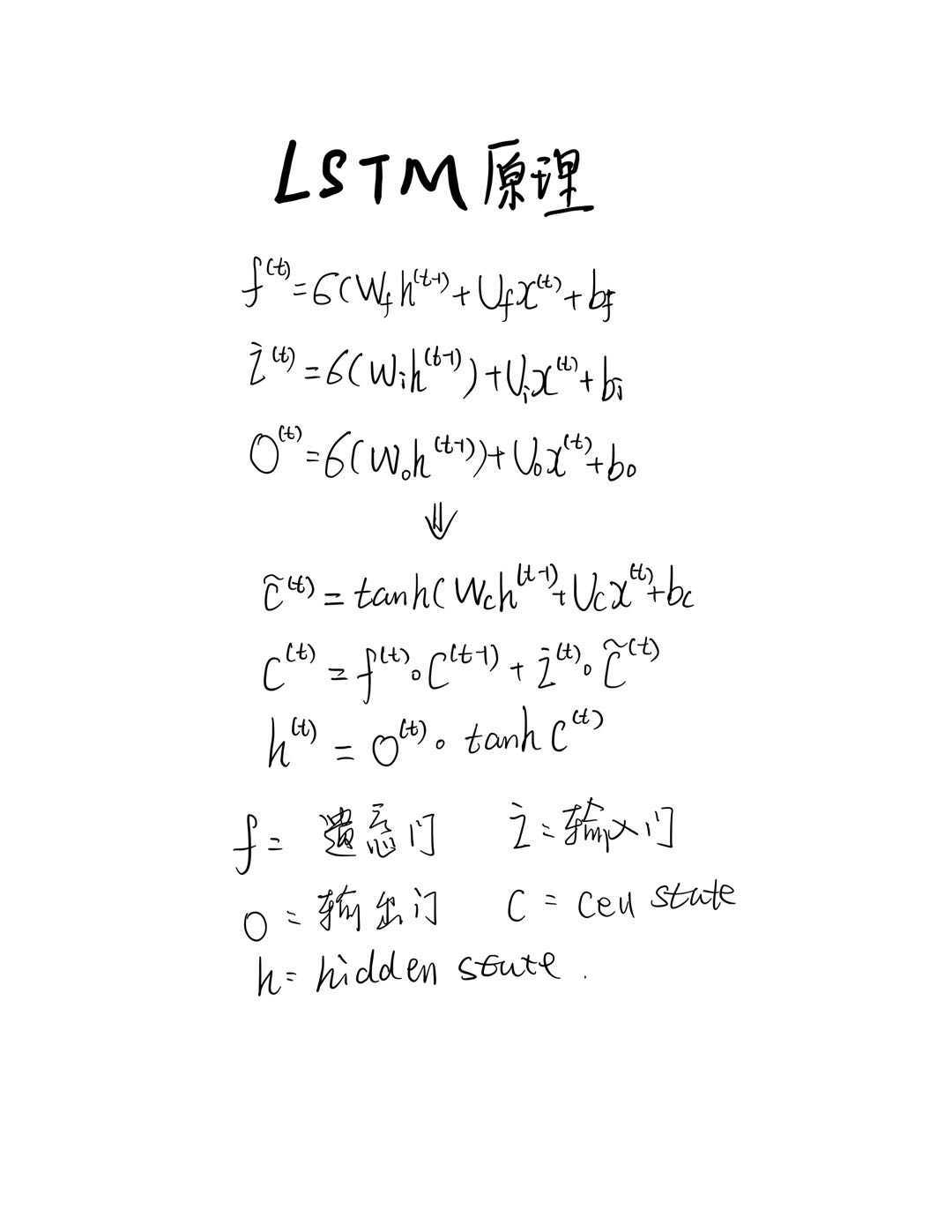之前在讨论 RNN (递归神经网络) 的梯度消失 和 梯度爆炸都会对咱的网络结构产生极大的影响.
梯度爆炸, 也是在参数更新这块, 调整步伐太大, 产生 NaN 或 Inf, 代码就搞崩了直解决梯度消失...而对于梯度爆炸而已, 可以采用 clipping 的方式, 对向量进行缩放, 而不改变其方向.
梯度消失, BP的参数训练, 求导的链式法则, 可能会有项直接乘积非常小, 整个式子没有梯度, 表 词间的关联性弱. 而那篇中呢, 其实是特意留了一个待解决的方案没有去说明. 其实就是为了引出今天要谈的 LSTM.
The main problem is that it is too difficult for the RNN to learn to preserve (保存) information over many timesteps (传统的 RNN 中, 没有对 每个状态的信息进行保存)
In a vanilla RNN, the hidden state is constantly being rewritten (状态更新, 就覆盖掉原来的状态信息)
\(h^{(t)} = \sigma(W_hh^{(t-1)} + W_xx^{(t)} + b)\)
看这公式就能明白, t 时刻的输出, 是由 (t-1) 时刻的 输入得到的.... 也就是说, 随着状态的不断改变, h(t) 也在不断地 插除和改写自己.
We think that how about a RNN with separate memory (另外给整个地方, 单独存起来). 那这种思路呢, 就是咱今天说的 LSTM (Long Short Term memory)
A type of RNN proposed by Hochreiter and Schmidhuber in 1997 as a solution to the vanishing gradients problem. 两个德国的大兄弟提出来的, 针对梯度消失这块.
On step t, there is a hidden state \(h^{(t)}\) and a cell state \(c^{(t)}\)
The selection of which information is erased / read / writen is controlled by three corresponding gates
用公式来表达的就是这样的形式.

当然, 如果还是不够详细的话, 可以再用更为形象一点的图来表示哦

The LSTM architecture makes it easier for the RNN to preserve information over many timesteps (保留早期的状态信息)
这也是 LSTM 最为关键的一点 与 传统的 RNN 即保留了早期的状态信息呀.
But, LSTM does not guarantee that there is no vanishing. 也没有能做到完全避免, but it does provide an easier way for the model to learn long-distance dependencies. 在在实践应用中还是满成功的, 从几年来看的话. 行了. LSTM 就先到这里吧, 只要在理解 RNN 的基础上, 掌握它这里的一个 状态保留动态的状态 (达到保留早期信息的方式来尽可能解决梯度消失) . 即可.
原文:https://www.cnblogs.com/chenjieyouge/p/12528413.html